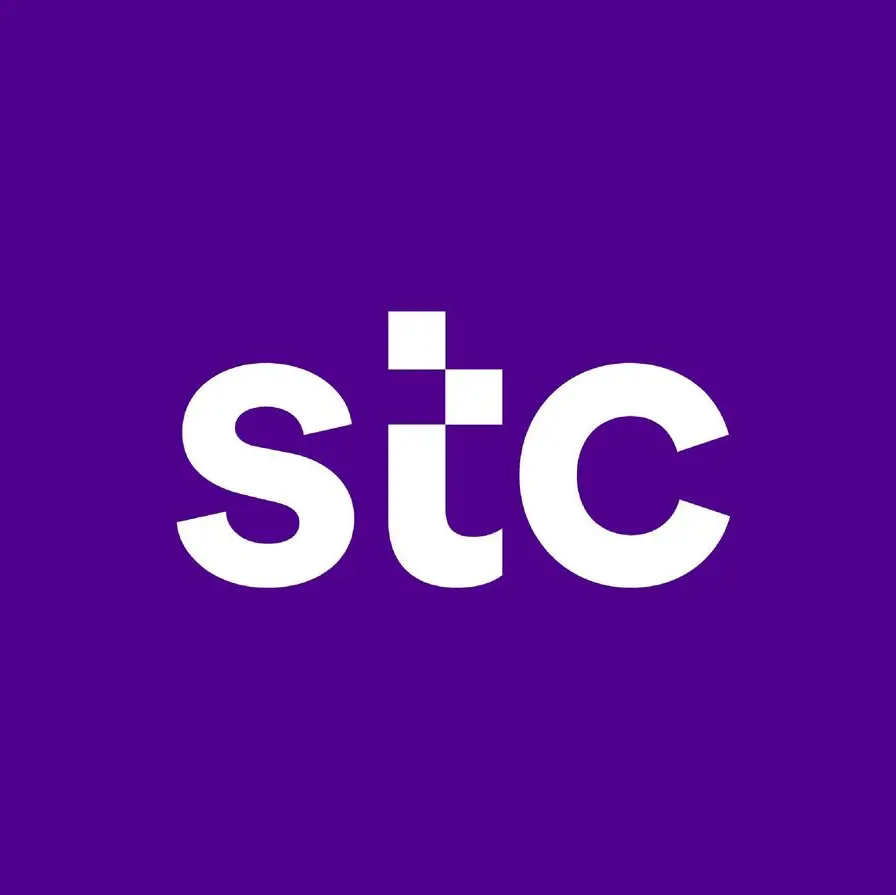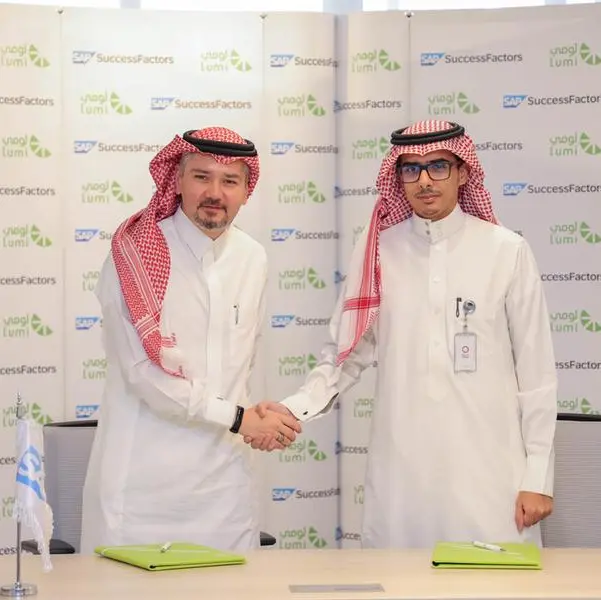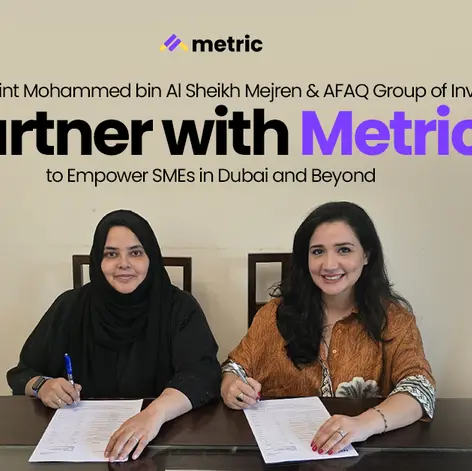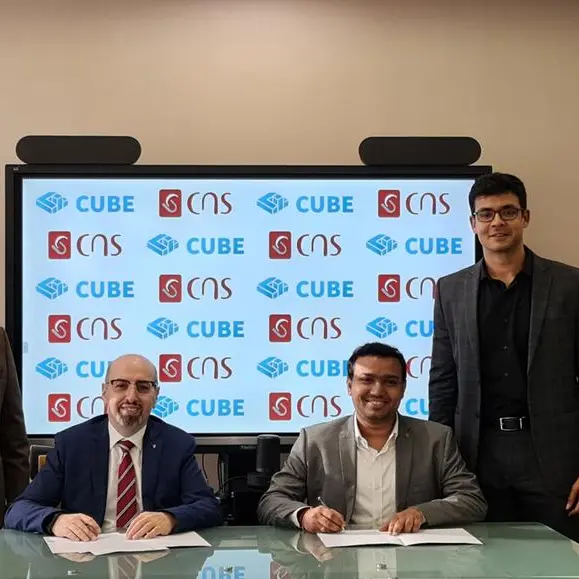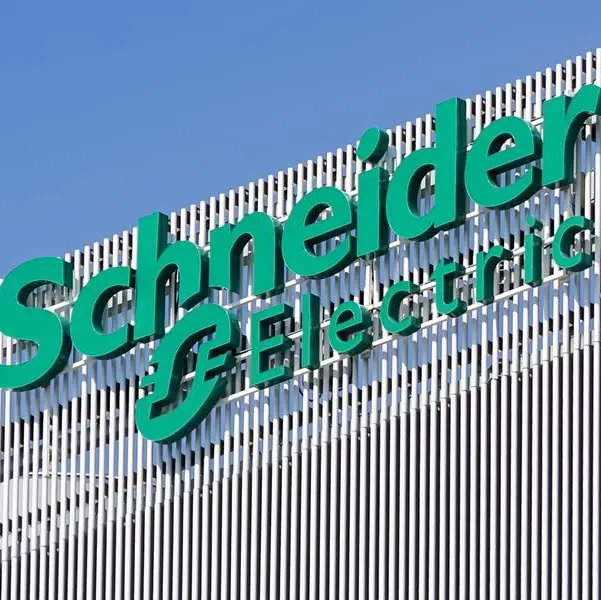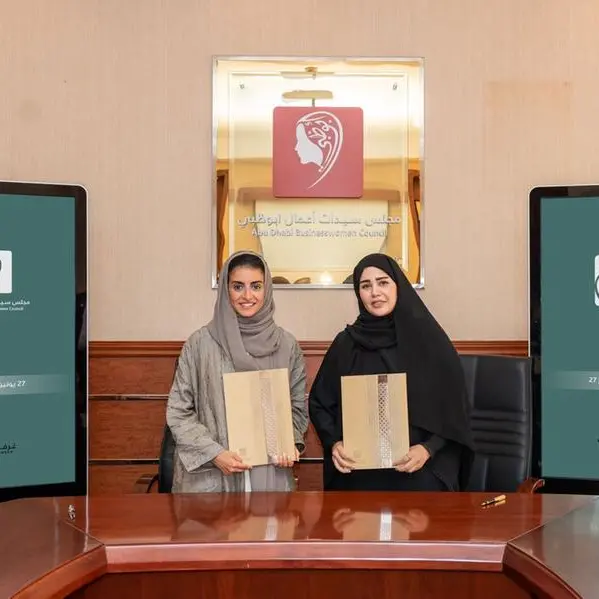Cairo, Egypt: Schneider Electric, the leader in the digital transformation of energy management and automation, announced significant upgrades to its popular digital twin tools for water and district energy utilities, EcoStruxure™ Water Cycle Advisor – District Energy (formerly ‘Termis’) and EcoStruxure Water Cycle Advisor – Water Simulation (formerly ‘Aquis’). These latest releases, grouped in version 8.2 of the software, deliver powerful benefits to users seeking to maximize digital capabilities to ensure efficiency, quality and insight across the water and district energy lifecycles.
With advanced data and formula capabilities, alongside a range of usability improvements, District Energy and Water Simulation deliver on Schneider Electric’s promise to ensure companies reach maximum efficiency while supporting decarbonization, reducing water and heat loss, and ensuring network operation optimization.
Water and wastewater and district energy digital transformation
Today’s modernized and digitized water and district energy utilities rely on vast amounts of data to ensure efficiency and quality. To support next-generation digital transformation across the lifecycle, both District Energy and Water Simulation now deliver optimized data management performance.
The new releases harness new asynchronous database data insertion processes, using parallel computing to ensure data is delivered quickly. Similarly, new algorithms, including a topological sorter and step tag processor, significantly speed up data processing and deliver efficient historical data reprocessing.
Not only do the latest upgrades deliver on speed and efficiency in big data management, but the user experience has been optimized to ensure ease of use, no matter the size of the data. For example, importing tens of thousands real time tags for online network optimization can now be completed in just a few seconds. The same performance improvements are seen across step functions, processing, and reprocessing, reducing computation times from hours to seconds.
Additionally, users can take advantage of improved CSV export functionality. Making the most of the data and calculations made possible through District Energy and Water Simulation, now users can export all information related to any object in the model for a given simulation, or a fraction of it, via CSV files.
Custom formulas for better efficiency and sustainability in the future
Water Simulation and District Energy users now also benefit from a new formula editor, Neptune. Alongside optimizing existing programming functions, users are now able to create custom key performance indicators using one of the world’s most powerful and supported programming languages in the world, C#, alongside Roslyn.
Commenting on the introduction of the latest powerful digital tools, Ahmed Madkour, Vice President of Industry Business at Schneider Electric Northeast Africa & Levant said, “By constantly updating our solutions dedicated to water, wastewater and district energy utilities, we ensure our customers achieve efficiency and sustainability while minimizing losses and optimizing the overall performance of their operations.”
“Through EcoStruxure Water Cycle Advisor – District Energy and EcoStruxure Water Cycle Advisor – Water Simulation tools, Schneider Electric customers will be able to utilize data to enhance the functionality and efficiency of their operations with the highest levels of ease of use, speed and accuracy regardless of the amount of the data. This reiterates our commitment to carry on with our efforts to accelerate digital transformation in the industry taking into consideration sustainability and operational advancements,” Madkour continued.
Schneider Electric has more than 250 customers using District Energy and Water Simulation worldwide. On a local level, Schneider Electric has a number of leading projects in the water, wastewater and district energy utilities field including the New Alamein desalination plant that aims at meeting the growing demand for fresh water in cities located around the Mediterranean, supplying 150,000 cubic meters a day for an estimated 1 million residents and Al Galala seawater desalination plant which is located on the Gulf of Suez. It is considered the largest seawater desalination plant using reverse osmosis technology with a capacity of 150,000 m3/day. In addition to the new delta project, which is one of the most important integrated development projects of Schneider Electric in the water and wastewater sector, where the company signed a contract to supply equipment and carry out work on the project on an area of 2.2 million acres.
Schneider Electric continues to invest in developing digital twin solutions for water, wastewater and district energy utilities. The next releases of the offers will include AI modules for predictive analytics, improved user experience and performance, integrability with third party systems, and a set of new features that will continue to drive customers towards the industries of the future.
Water, wastewater and district energy utilities to increase decarbonization and operational efficiency
With upgraded digital twin tools from Schneider Electric
Disclaimer: The contents of this press release was provided from an external third party provider. This website is not responsible for, and does not control, such external content. This content is provided on an “as is” and “as available” basis and has not been edited in any way. Neither this website nor our affiliates guarantee the accuracy of or endorse the views or opinions expressed in this press release.
The press release is provided for informational purposes only. The content does not provide tax, legal or investment advice or opinion regarding the suitability, value or profitability of any particular security, portfolio or investment strategy. Neither this website nor our affiliates shall be liable for any errors or inaccuracies in the content, or for any actions taken by you in reliance thereon. You expressly agree that your use of the information within this article is at your sole risk.
To the fullest extent permitted by applicable law, this website, its parent company, its subsidiaries, its affiliates and the respective shareholders, directors, officers, employees, agents, advertisers, content providers and licensors will not be liable (jointly or severally) to you for any direct, indirect, consequential, special, incidental, punitive or exemplary damages, including without limitation, lost profits, lost savings and lost revenues, whether in negligence, tort, contract or any other theory of liability, even if the parties have been advised of the possibility or could have foreseen any such damages.
